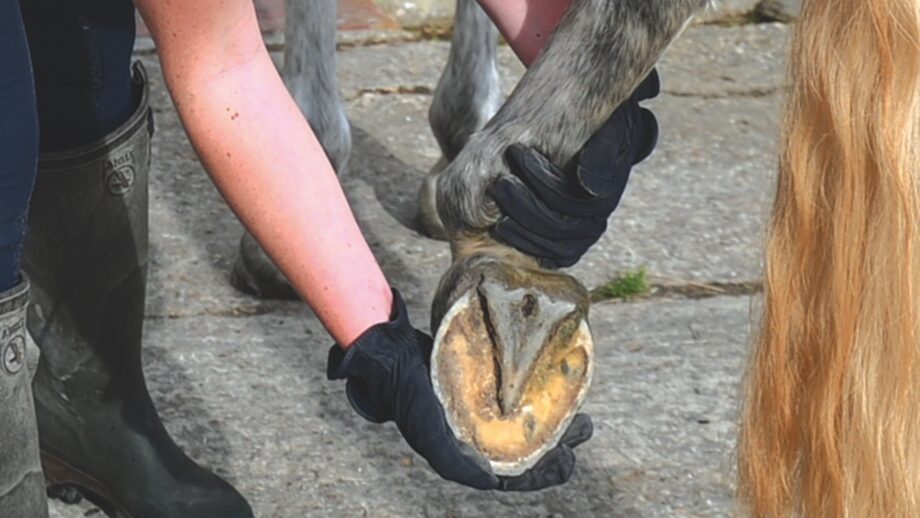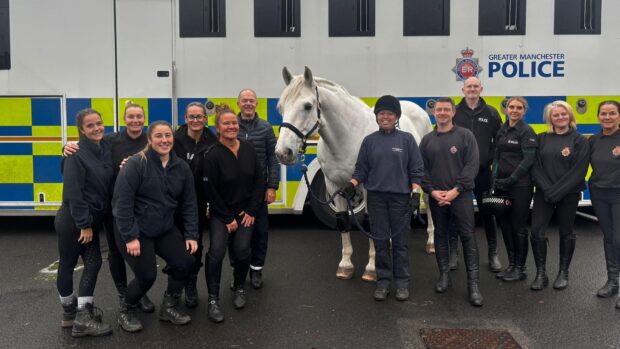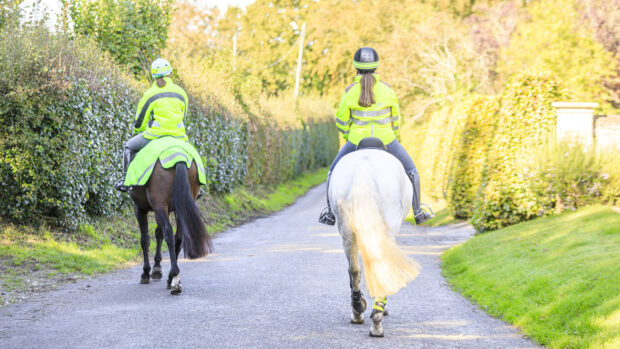The requirement for thoroughbreds to wear shoes in some showing classes has come under the microscope as riders ask – why?
Retraining of Racehorses (RoR) requires horses to be shod all round in its ridden showing classes. But they can compete without shoes in other RoR disciplines and in-hand showing.
Hannah Oldham told H&H she is a big supporter of promoting former racehorses and their versatility, but finds the shoeing rule “really frustrating”.
“I have a lovely ex-racehorse, and he is just the epitome of a brilliant retrained racehorse,” said Hannah, who owns 12-year-old Django Django, formerly trained by Jonjo O’Neill.
“We have done eventing, dressage, showjumping – he does pretty much everything – and he has really embraced family life.”
She added that the gelding has excellent feet and wears only front shoes to enjoy all those activities through the summer, and is barefoot all round in the winter, as she believes it is best for his welfare.
“I would love to do a bit of showing with him, but I’m unwilling to compromise his welfare and shoe him solely for this,” she said. “I have had several ex-racehorses over the years and these classes are a really good way of having the opportunity to experience competing at a big county show.
“They also really show how versatile former racehorses are to a wider audience. These county shows are a big showcase to the public, as well as being fun to do.
“I hear so many people say, ‘Thoroughbreds have rubbish feet.’ Well, they don’t all, and what a great way to showcase that and all the things that they can do.”
Hannah said the subject has caused discussion online and that she has also heard anecdotally of horses’ being shod specifically for RoR ridden showing classes.
Ms Oldham has written to RoR asking if there is evidence that showing barefoot is more of a safety concern than shod, and questioning whether it is a rule just because “that’s how it always has been”. She also questioned whether there is a platform to discuss the rule “to make these important classes accessible for all”.
Rules on whether horses must be shod or not vary between associations. The SEIB racehorse to riding horse championship, which is not part of RoR, does not require horses to be shod.
Under Sport Horse Breeding of Great Britain rules, ridden hunters in classes where the judge rides must be shod all round; they can be shod or unshod in other classes.
The Irish Draught Horse Society states that in ridden classes, horses do not need to be shod for society-run shows on a surface, but that competitors must “always confirm the current ruling with individual shows as it may be different”.
The British Show Horse Association told H&H it “does not stipulate a horse should be shod in our classes” and added that “it is deemed the responsibility of the competitor to determine whether shoeing is necessary for their horse”.
Societies’ rules differ on remedial shoeing.
An RoR spokesperson told H&H its rule requiring horses to be shod on all four feet was introduced with the safety of competitors and ride judges in mind.
“Many of the grass arenas used for showing can be small and, at times, slippery,” she said.
“That said, we fully acknowledge that there are many ex-racehorses thriving barefoot or with front-only shoeing across a wide range of disciplines. We recognise that equine management practices are evolving and advances in equine science continue to inform what is best for horse welfare.
“As such, our rules – including those relating to shoeing – are reviewed annually. Our aim is always to strike the right balance between ensuring safety in the show ring and supporting the highest standards of horse welfare.”
- To stay up to date with all the breaking news from major shows throughout 2025, subscribe to the Horse & Hound website
You may also be interested in:
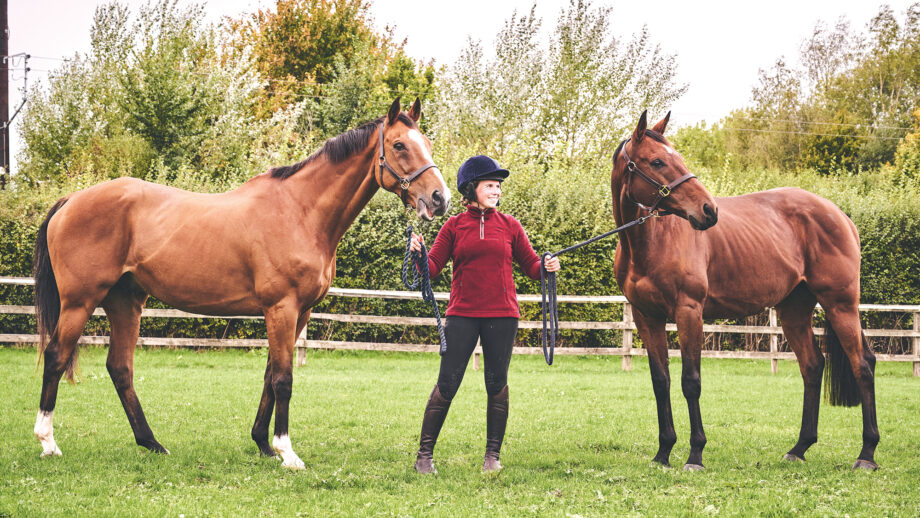
How to manage former racehorses: ‘living out has been a game-changer’ and other top tips

How to help prevent your horse from losing a shoe
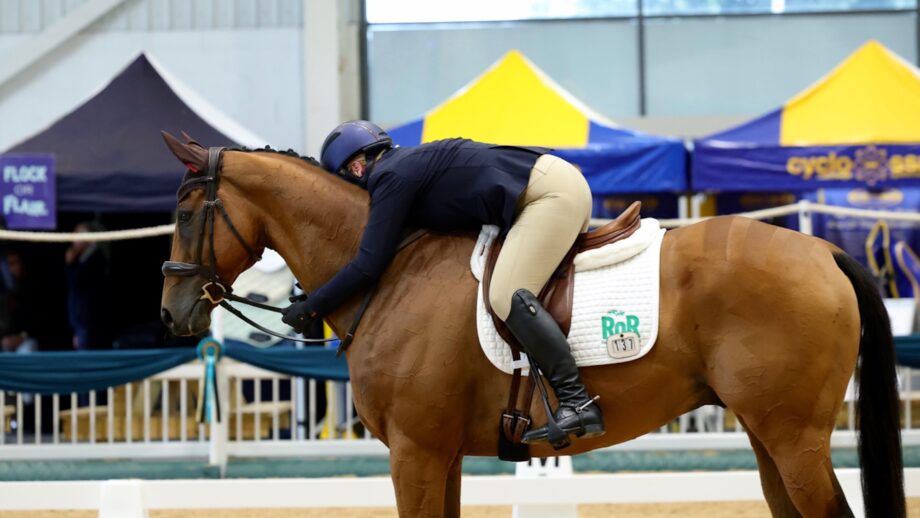
New scheme to help connect the dots when horses leave racing as ‘this moment is a crucial point’

‘We’re delighted to bring loyal readers this benefit’: H&H magazine subscribers get free website access

